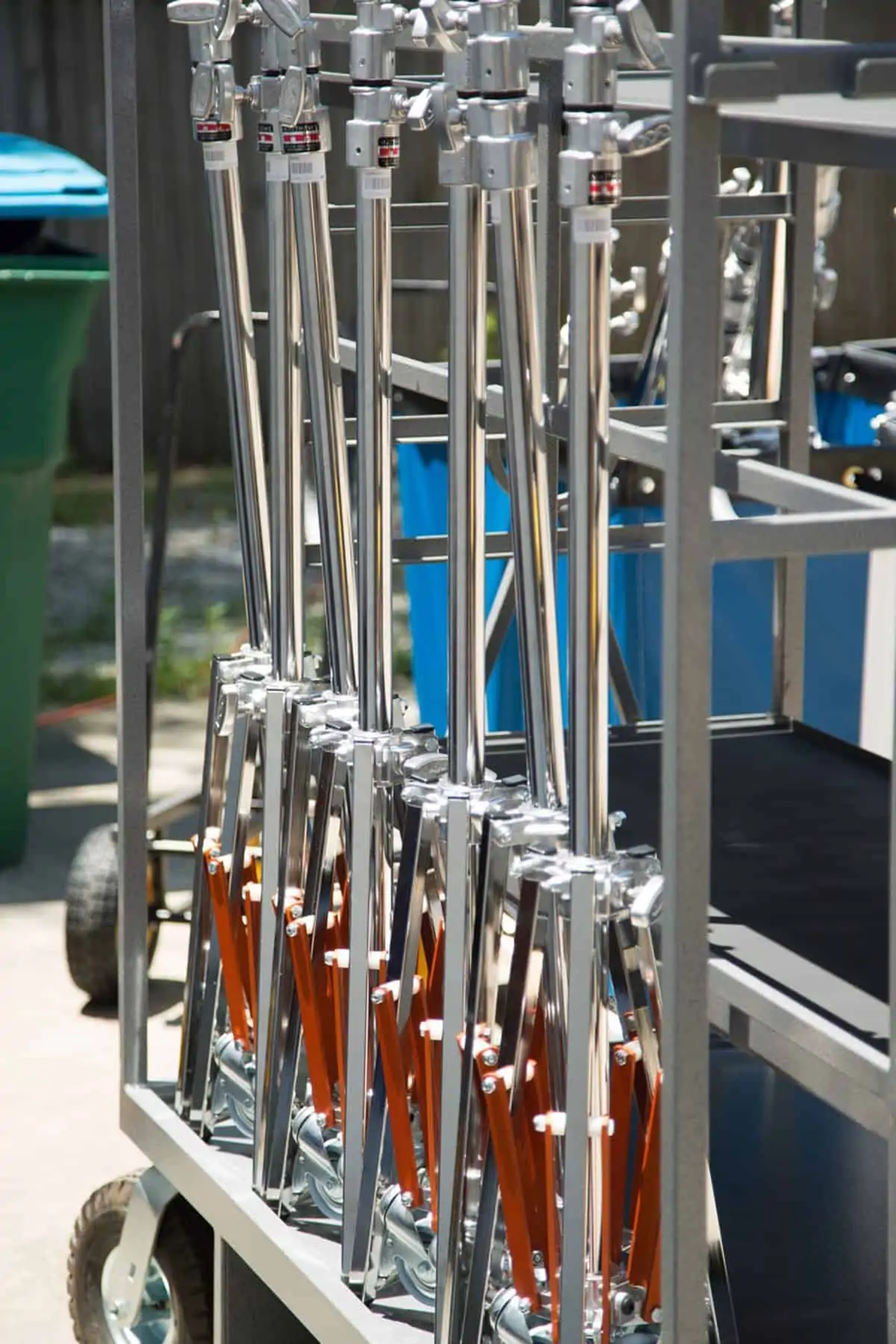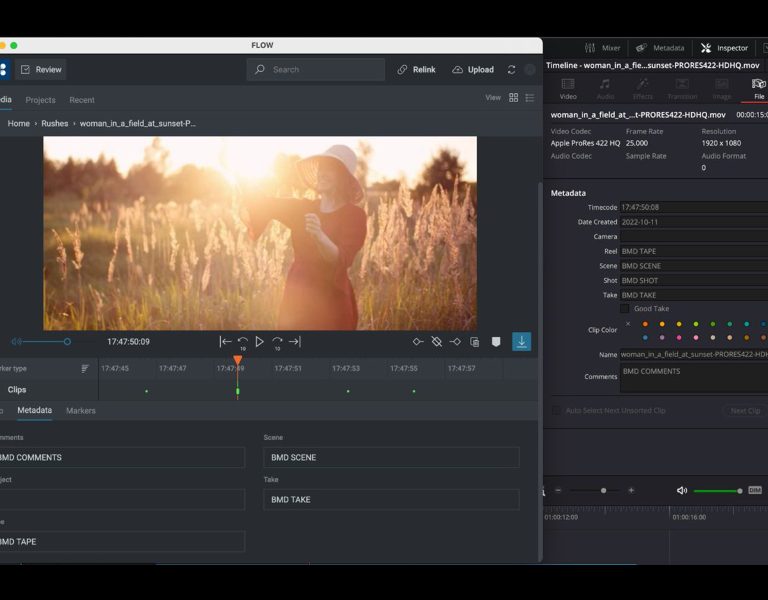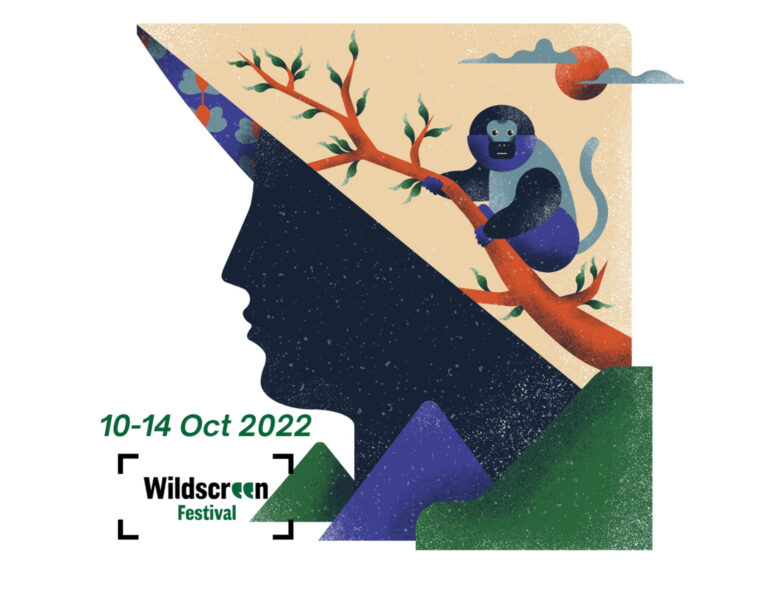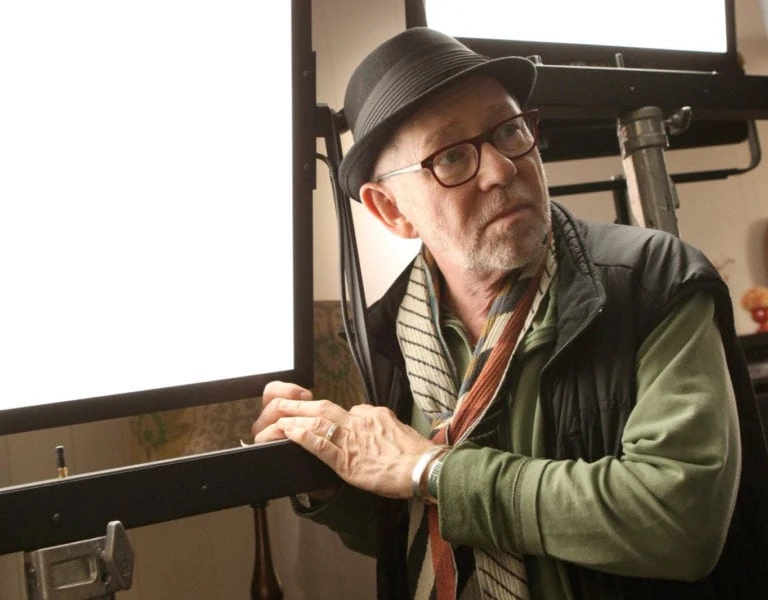In an era where every corner of our planet has been explored and documented, the challenge for documentary filmmakers is not just capturing the untold stories but also managing the colossal data these stories generate.
Sony’s recent Cloudsourcing Storytelling podcast shed light on this very challenge, focusing on how cloud technology is reshaping documentary filmmaking, especially in remote and challenging locations. The full version is available to listen here.
Hitomi Hamaba, Cloud Marketing Lead from Sony, was one of the guests on the podcast and summarises the discussion as follows:
The Challenges of Remote Filming
Documentaries, particularly those covering dynamic natural events like storms or remote wildlife, entail filming vast amounts of footage.
Alistair Chapman, known for his storm chasing documentaries, emphasized the high shoot ratios and the daunting task of filtering newsworthy content from hours of footage. The challenge is compounded by limited bandwidth in remote locations, making it difficult to upload large files to the cloud—a critical step in modern digital workflows.
Rob Drewett, bringing his experience from wildlife documentaries, highlighted similar challenges. The remote nature of these shoots often precludes real-time data upload, making cloud utilization less effective under current technological constraints.
Innovations and Solutions
Despite these challenges, the conversation also illuminated several innovative solutions and ongoing developments that are transforming the field:
Proxy Footage: One significant advancement is the use of proxy footage. This approach involves creating lower-resolution versions of the original footage, allowing for easier and faster uploads for preliminary edits in the cloud. It significantly reduces the need for uploading high-resolution files, which is particularly beneficial in bandwidth-limited environments.
Real-time Cloud Graphics: Sony’s advancements in cloud processing capabilities, especially for real-time graphics in sports and indie filmmaking, were highlighted. This technology enables filmmakers to perform tasks that previously required expensive software and hardware, democratizing high-quality production processes.
Metadata and Tracking Integration: The integration of metadata and tracking data into footage is seen as a pivotal advancement. It streamlines workflows for genres like augmented reality (AR), virtual reality (VR), and motion control, leading to more efficient and creative storytelling.
Future Prospects and Limitations
While the potential of cloud technology in documentary filmmaking is immense, current limitations, particularly in remote connectivity, are a significant barrier. However, the emergence of technologies like Starlink and 5G networks is promising. These technologies could provide the necessary infrastructure to overcome current limitations in remote data transfer.
Additionally, cloud storage offers enhanced security and backup options, crucial in locations where losing physical storage media could mean losing invaluable footage. Sony’s experiments with 5G technology and setting up remote networks are steps toward resolving these issues.
Sony’s Role and Commitment
Sony’s role in this transformation is not just as a technology provider but also as an innovator attuned to the evolving needs of documentary filmmakers. Their commitment to experimenting with and implementing new technologies reflects a deep understanding of the challenges faced by filmmakers in remote locations.
Conclusion
In conclusion, cloud technology in documentary filmmaking is at a pivotal juncture.
While not yet fully optimized for all genres, particularly in remote and challenging environments, its benefits and potential improvements are undeniable.
Innovations in cloud-based workflows, proxy editing, and improved connectivity are paving the way for a more efficient and creative documentary filmmaking process.
Sony’s proactive approach in addressing these challenges and their commitment to innovation positions them as a leader in this evolving landscape, promising a future where stories from the most remote corners of the world can be told more effectively and impactfully.









